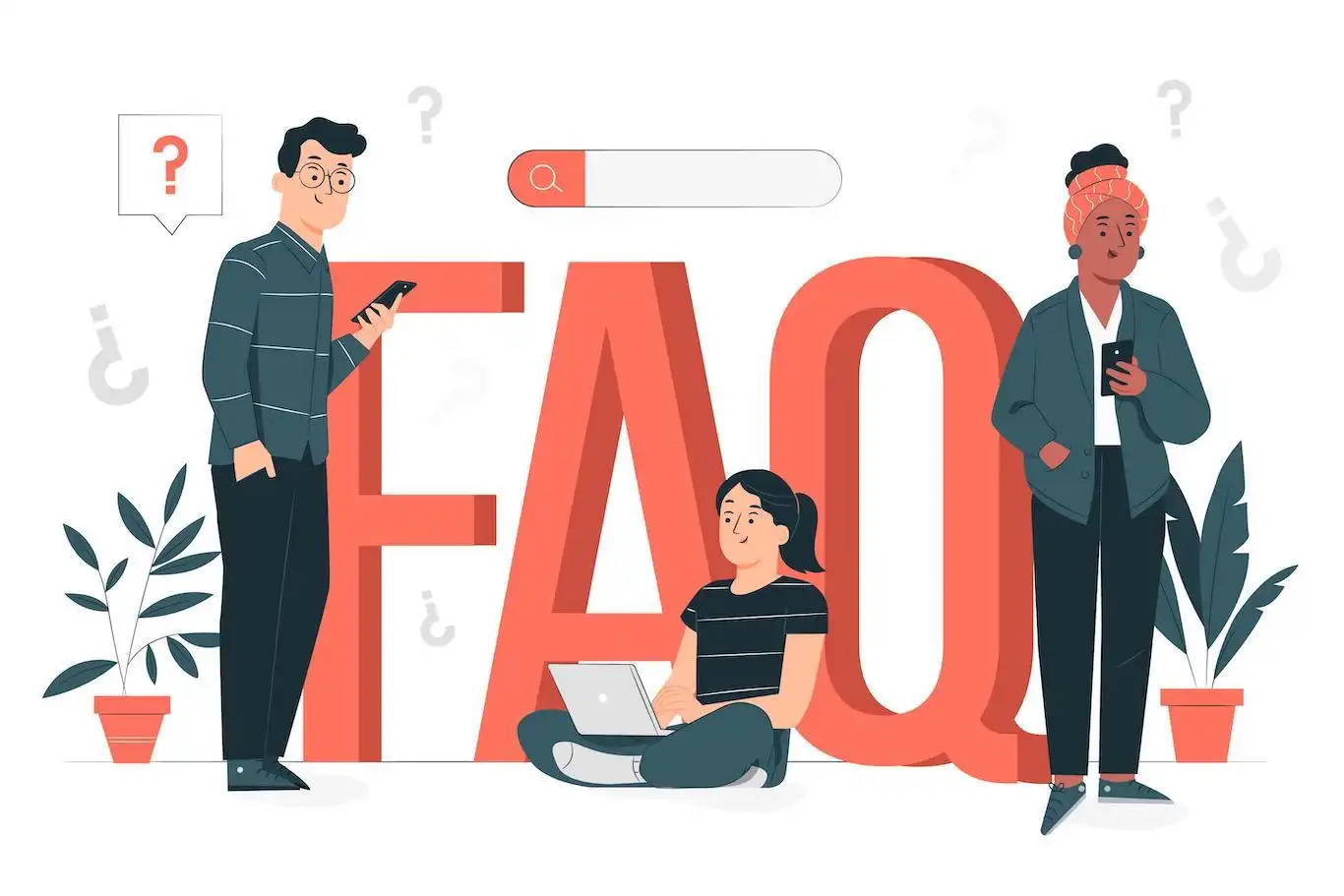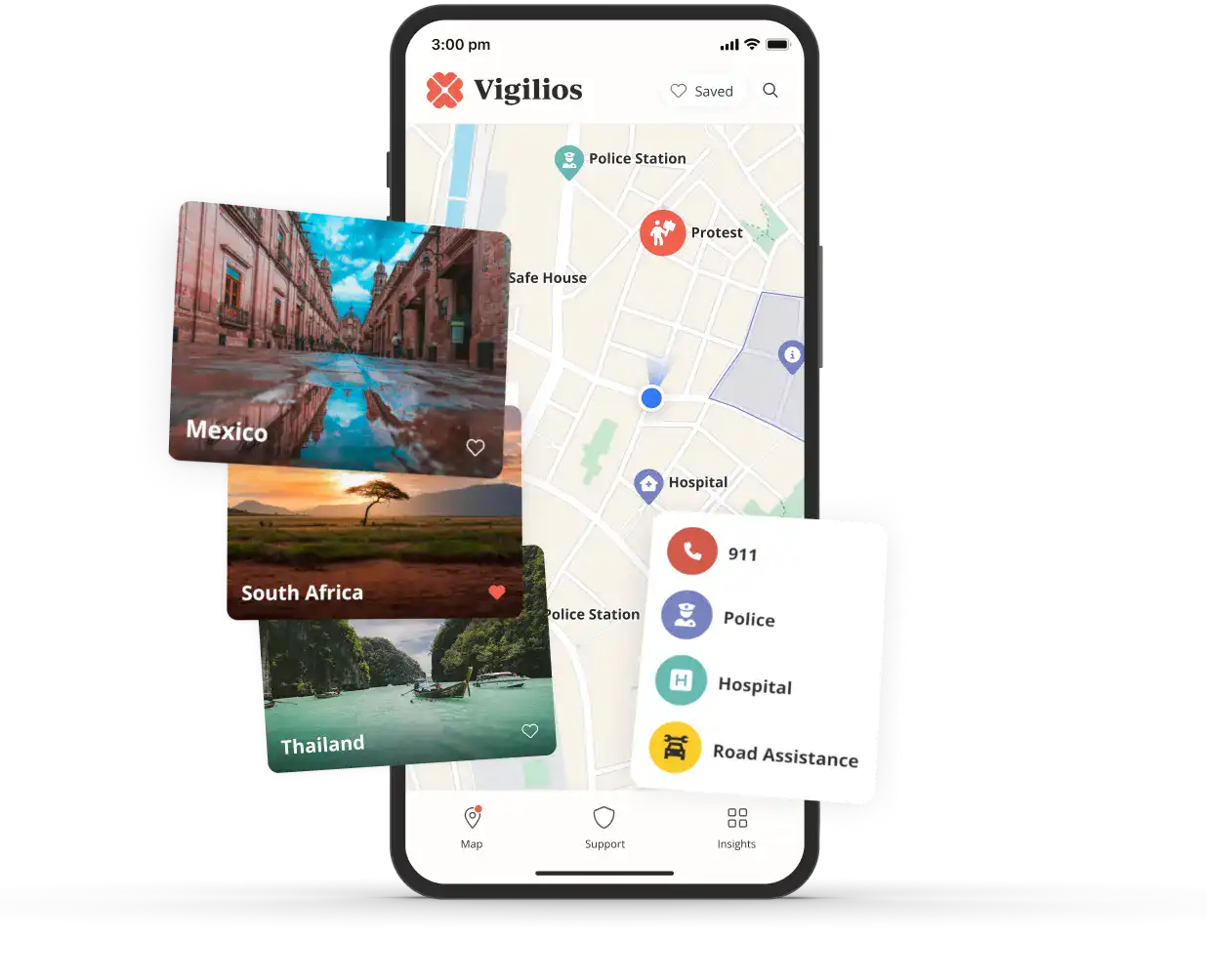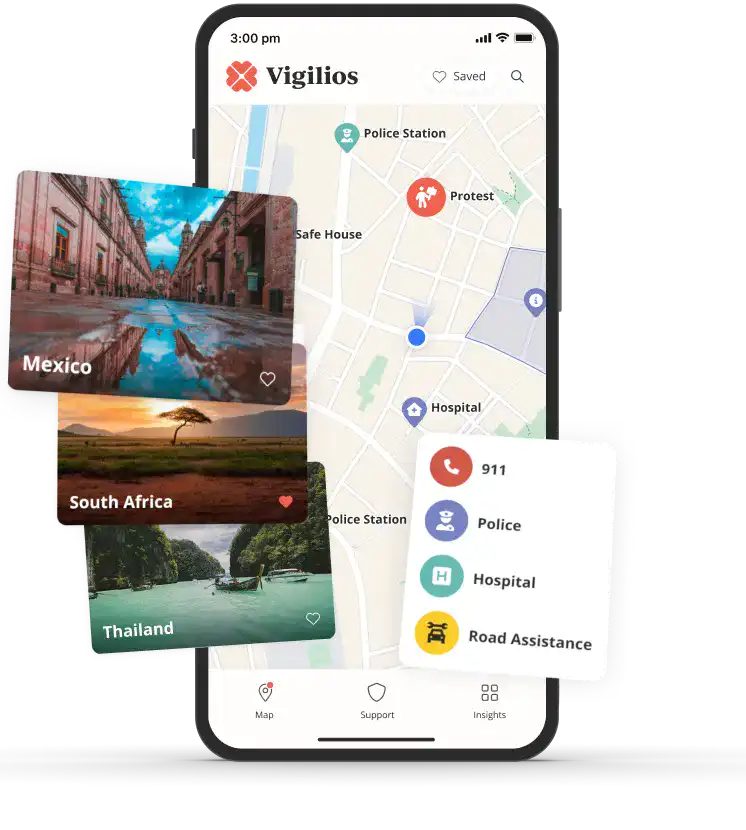


Is Laos Safe?
Laos is generally safe for tourists, with low crime rates and minimal terrorism threats. However, petty crimes like bag-snatching can occur, so remain vigilant. Travelers should get vaccinations for diseases like Japanese Encephalitis and take precautions against insect-borne illnesses. During the rainy season, flash floods and landslides pose risks, necessitating weather monitoring. Respecting local customs, especially in religious sites, is crucial for a culturally sensitive experience.
Safety & Security
Laos is generally considered a safe travel destination, but travelers should exercise caution and be aware of potential risks.
-
Petty Crime: Bag snatching, pickpocketing, and theft from hotel rooms are the most common crimes against tourists. Exercise caution in crowded areas and avoid carrying valuables.
-
Scams: Be wary of common scams such as overcharging for goods or services, taxi scams, and fake tour guides. Only use reputable tour operators and negotiate prices upfront.
-
Civil Unrest: While rare, political demonstrations and civil unrest can occur. Avoid large gatherings and monitor local news for updates.
-
Disputes: Disputes over pricing or services can sometimes escalate. Remain calm and avoid confrontation. Seek assistance from your embassy or tour operator if needed.
-
Terrorism: The risk of terrorism is low, but attacks cannot be ruled out. Exercise vigilance in public areas and monitor travel advisories.
-
Road Safety: Road conditions can be poor, and traffic rules are often disregarded. Use caution when driving or crossing streets, and consider hiring a reputable driver.
While Laos is generally safe, it's essential to exercise common sense, be aware of your surroundings, and follow local laws and customs to minimize risks and ensure a safe and enjoyable trip.
Health & Medical
Travelers to Laos should be aware of potential health risks and take necessary precautions. While the country has a relatively low risk of infectious diseases, some health concerns should be considered.
-
Vaccinations: Ensure routine vaccinations are up-to-date, including those for hepatitis A, typhoid, and tetanus. Malaria prophylaxis may be recommended for certain areas.
-
Insect-Borne Diseases: Mosquito-borne illnesses like dengue fever, Zika, and chikungunya are present in Laos. Use insect repellent and wear long sleeves and pants to prevent bites.
-
Food and Water Safety: Avoid tap water and only consume bottled or purified water. Be cautious with street food and ensure proper food handling and preparation.
-
Air Pollution: Air quality in urban areas can be poor, especially during dry seasons. Those with respiratory conditions should take precautions.
-
Medical Facilities: Healthcare facilities in major cities are adequate for minor issues, but limited for serious conditions. Comprehensive travel insurance with emergency evacuation coverage is recommended.
Natural Disasters
Laos is prone to natural disasters, particularly floods and storms. The country experiences a tropical monsoon climate, with a rainy season from May to October, during which heavy downpours and thunderstorms are common. These can lead to flash floods, which pose risks to travelers, especially in rural areas with poor infrastructure.
-
Flooding is a significant concern, with the Mekong River and its tributaries often overflowing their banks during the rainy season. This can disrupt transportation and damage roads, bridges, and accommodation facilities.
-
Tropical Storms and Typhoons occasionally affect Laos, particularly in the southern regions, bringing heavy rains, strong winds, and the potential for landslides and power outages.
-
While earthquakes are relatively infrequent, Laos is located in a seismically active region, and tremors can occur.
-
Droughts and wildfires are also potential risks during the dry season, especially in rural areas with limited water resources and poor fire management practices.
Travelers should monitor weather forecasts, heed warnings from local authorities, and be prepared to adjust their plans accordingly. Purchasing comprehensive travel insurance and packing essential emergency supplies is advisable.
Transportation
Transportation in Laos can be challenging for travelers, with varying levels of safety and reliability across different modes of transport. Public transportation options are limited, and road conditions can be poor, especially in rural areas.
-
Road Travel: Driving in Laos can be hazardous due to poorly maintained roads, lack of road signs, and reckless driving practices. Hiring a private driver or renting a car with a reputable company is recommended for those unfamiliar with local driving conditions.
-
Tuk-Tuks and Taxis: Tuk-tuks and taxis are widely available in cities, but travelers should exercise caution and negotiate fares beforehand to avoid overcharging. Ensure the vehicle is in good condition and the driver appears sober and responsible.
-
Buses: Long-distance buses are a common mode of transportation, but safety standards can vary. Research reputable companies and avoid overnight buses if possible, as accidents are more likely to occur at night.
-
Boats: River transportation is popular in certain areas, but boats may lack proper safety equipment. Exercise caution when boarding and during the journey, and avoid overloaded vessels.
-
Motorcycles and Bicycles: While convenient for short distances, renting motorcycles or bicycles can be risky due to poor road conditions and reckless driving practices. Wear helmets and exercise extreme caution if choosing these modes of transport.
Overall, transportation in Laos requires vigilance and careful planning. Prioritize safety over convenience, and consider hiring a reputable guide or driver, especially for long journeys or unfamiliar areas.
Cultural Norms
Laos is a Buddhist-majority country with a rich cultural heritage. Respecting local customs and traditions is essential for a smooth and enriching travel experience. Here are some key points to keep in mind:
-
Dress Modestly: Cover your shoulders and knees when visiting temples or religious sites. Avoid revealing clothing.
-
Remove Shoes: Take off your shoes before entering temples, homes, or buildings with raised wooden floors.
-
Respect Monks: Do not touch or get too close to Buddhist monks without permission. Women should avoid any physical contact.
-
Greet Respectfully: The traditional Lao greeting involves a slight bow with palms pressed together. Avoid public displays of affection.
-
Festivals and Ceremonies: Major festivals like Lao New Year (Pi Mai) and Boat Racing Festival involve unique customs and traditions. Observe and participate respectfully.
-
Pointing and Gestures: Avoid pointing with your feet or touching someone's head, as these are considered rude gestures.
-
Photography: Ask for permission before taking photos of people, especially monks or during religious ceremonies.
Embracing the local culture and customs will not only show respect but also enhance your overall travel experience in Laos.
Emergency Services
Emergency services in Laos are limited, especially outside major cities. While police and ambulance services exist, their response times can be slow and the quality of care may not meet international standards. Travelers are advised to exercise caution and take necessary precautions.
-
Medical Facilities: Hospitals and clinics in Laos often lack modern equipment and trained staff, particularly in rural areas. Many travelers opt for medical evacuation to neighboring countries like Thailand in case of serious illness or injury.
-
Tourist Police: Some major tourist destinations have dedicated tourist police units that can assist with emergencies and provide basic services like lost passport replacement. However, their availability is limited.
-
Private Services: Reputable travel agencies and tour operators may offer emergency assistance services for their clients, including access to private medical facilities and evacuation services. Travelers should inquire about such services when booking their trips.
-
Embassies and Consulates: In case of emergencies, travelers can contact their respective embassies or consulates for assistance and guidance. However, their ability to intervene may be limited in certain situations.
It's advisable for travelers to have comprehensive travel insurance that covers emergency medical evacuation and repatriation. Additionally, registering with their embassy or consulate upon arrival can facilitate assistance in case of emergencies.
Frequently Asked Questions

Is Laos safe for tourists?
Laos is generally safe for tourists. However, petty crimes like bag snatching and theft can occur, so remain vigilant in crowded areas. Unexploded ordnance from past conflicts poses risks in rural areas, so stick to marked paths. Hire a licensed guide for treks and adventure activities.
Is Laos safe for solo female travelers?
Laos is relatively safe for solo female travelers, but it's advisable to exercise caution, especially at night. Dress modestly, avoid isolated areas, and be wary of unwanted attention. Harassment, while uncommon, can occur. Consider joining group tours for added security.
Is Laos safe for families?
Laos is generally safe for families with children. However, be cautious of traffic, as road safety standards may differ. Ensure children are up-to-date on vaccinations and take precautions against mosquito-borne illnesses. Family-friendly accommodation and activities are available in major cities.
Is Laos LGBTQ+ friendly?
Same-sex relationships are legal in Laos, but LGBTQ+ rights are not well-established. Public displays of affection may draw unwanted attention. While not widely accepted, the LGBTQ+ community faces no legal persecution. Exercise discretion and respect local norms.
Do you need a visa to go to Laos?
Most visitors require a visa to enter Laos. Citizens of many Western countries can obtain a visa on arrival for stays up to 30 days. Longer stays may require a visa in advance. Check requirements with your embassy, as rules vary by nationality.
Can you drink tap water in Laos?
Tap water in Laos is not safe to drink. It may contain harmful bacteria and parasites. Stick to bottled or purified water, even for brushing teeth. Avoid ice cubes and raw foods washed in tap water. Boiling water is an effective purification method.
What is the currency in Laos?
The official currency in Laos is the Lao Kip (LAK). US dollars are widely accepted, especially in tourist areas. Credit cards are accepted at major hotels and restaurants, but cash is preferred for smaller transactions. ATMs are available in cities.
Laos Travel Advisory
The following government travel advisories provide additional helpful resources for your destination to stay safe and informed.




